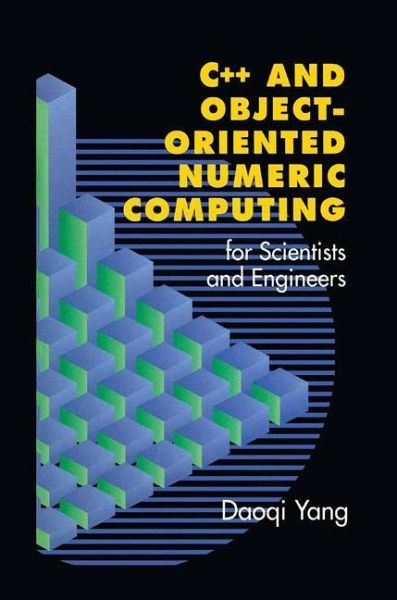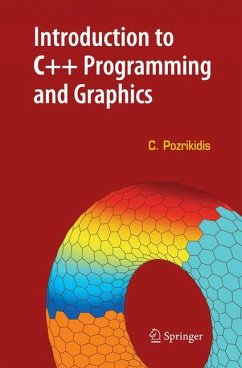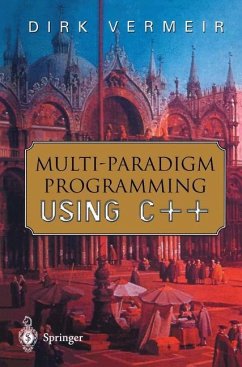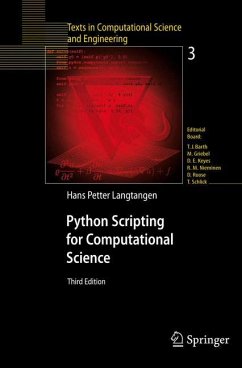
C++ and Object-Oriented Numeric Computing for Scientists and Engineers
Versandkostenfrei!
Versandfertig in 1-2 Wochen
67,99 €
inkl. MwSt.
Weitere Ausgaben:

PAYBACK Punkte
34 °P sammeln!
This new text/reference presents an accessible, concise, but rather complete, introduction to the C++ programming language with special emphasis on object-oriented numeric computation for scientific and engineering program development. The description of the language is in compliance with ISO/ANSI standards and is platform independent for maximum versatility.Requiring only basic calculus and linear algebra as prerequisites, the book introduces concepts, techniques, and standard libraries of C++ in a manner that is easy to understand and uses such familiar examples as vectors, matrices, integrals, and complex numbers. It also contains an introduction to C++ programs for applications with many numeric methods that are fundamental to science and engineering computing: polynomial evaluation and interpolation; numeric integration; methods for solving nonlinear equations; systems of linear equations in full, band, and sparse matrix storage formats; and ordinary and partial differential equations. Numerous techniques and examples are provided on how to reduce (C and Fortran) run-time overhead and improve program efficiency.
This book is intended to be an easy, concise, but rather complete, introduc the ISO/ANSI C++ programming language with special empha tion to sis on object-oriented numeric computation for students and professionals in science and engineering. The description of the language is platform independent. Thus it applies to different operating systems such as UNIX, Linux, MacOS, Windows, and DOS, as long as a standard C++ compiler is equipped. The prerequisite of this book is elementary knowledge of cal culus and linear algebra. However, this prerequisite is hardly necessary if this book is going to be used as a textbook for teaching C++ and all the sections on numeric methods are skipped. Programming experience in an other language such as FORTRAN, C, Ada, Pascal, Maple, or Matlab will certainly help, but is not presumed. All C++ features are introduced in an easy way through concepts such as functions, complex numbers, vectors, matrices, and integrals, which are familiar to every student and professional in science and engineering. In the final chapter, advanced features that are not found in FORTRAN, C, Ada, or Matlab, are illustrated in the context of iterative algorithms for linear systems such as the preconditioned conjugate gradient (CG) method and generalized minimum residual (GMRES) method. Knowledge of CG, GMRES, and preconditioning techniques is not presumed and they are ex plained in detail at the algorithmic level.












